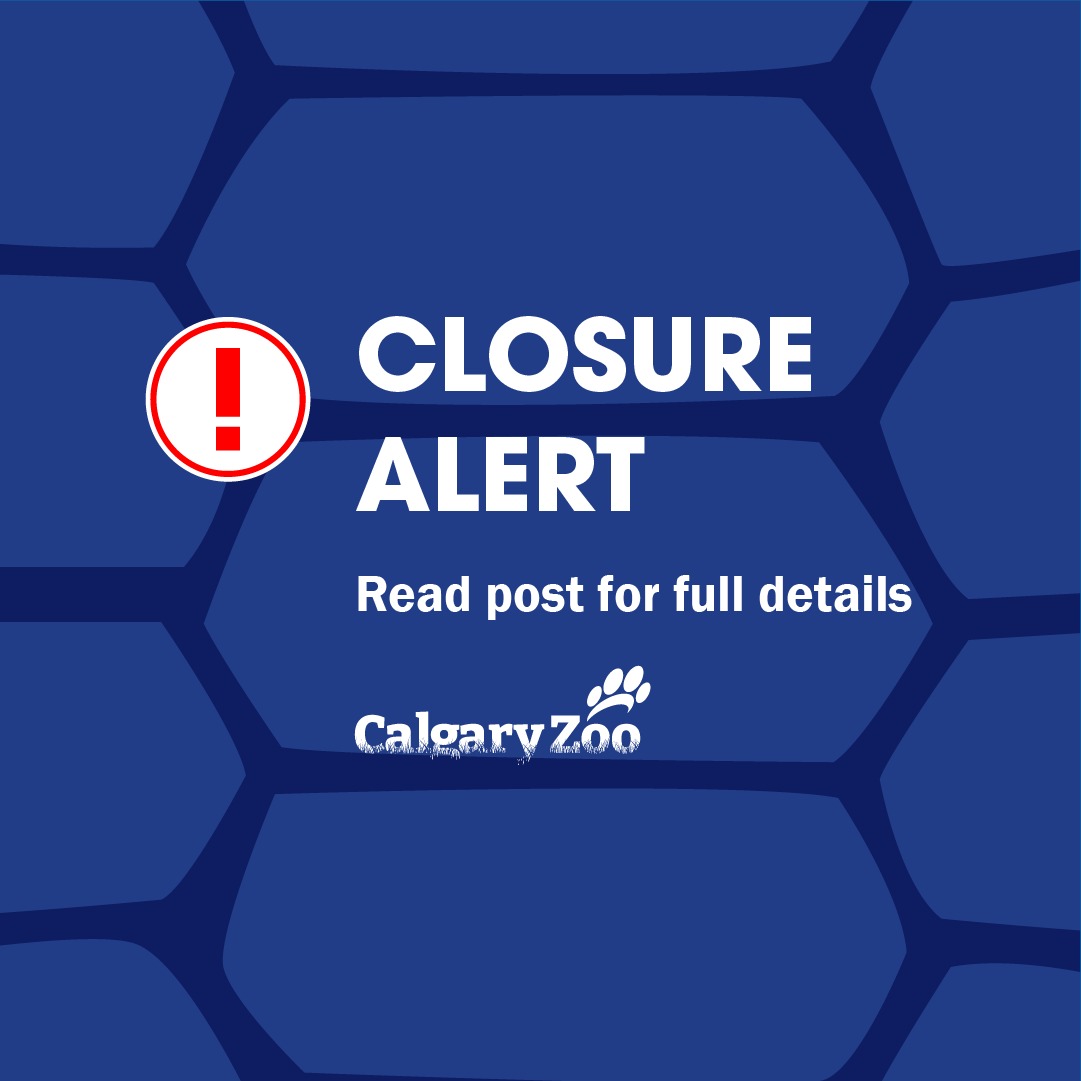- Understanding the Importance of Tree Pruning at Zoos
- Impact of Tree Pruning on Zoo Operations and Visitor Experience
- Temporary Area Closures and Their Role in Animal Care
- The Significance of Managed Animal Viewing for Conservation and Education
- Communicating Changes and Alerts in Zoo Environments
The Brawn Family Foundation Bugtopia playground is a delightful place, especially for children who love to engage with unique ecosystems and the fascinating world of insects. Tree pruning, however, is a crucial aspect of zoo management, and it sometimes necessitates temporary closures to maintain safety and uphold environmental standards.
Understanding the Importance of Tree Pruning at Zoos
Tree pruning is more than just a maintenance task; it is a fundamental practice in zoo management that directly impacts both plant and animal life. Proper tree maintenance ensures healthy growth, which is critical for providing shade and habitat for various animal species. The process involves the selective removal of specific branches or roots to enhance the trees’ structural integrity, health, and visual appeal. Regular pruning prevents dead branches from becoming hazards, reducing the risk of injury to animals and visitors alike. In addition, maintaining a healthy ecosystem comprises a significant part of wildlife conservation efforts, as it supports biodiversity within the confines of the zoo. By creating a balanced environment, tree pruning contributes to the overall well-being of both flora and fauna.
Impact of Tree Pruning on Zoo Operations and Visitor Experience
The practice of tree pruning can influence zoo operations temporarily, affecting visitor access and activities. The brief closure of the Brawn Family Foundation Bugtopia playground on April 9th, for example, is necessary to carry out these essential tasks without endangering visitors. During such maintenance, specific paths are inaccessible to ensure ongoing safety. This may lead to limited viewing opportunities or the need for detours; hence, careful planning of zoo itineraries can ensure a smoother visit. While temporary inconveniences such as these are inevitable during pruning, the benefits—healthier trees, enhanced safety, and improved aesthetic quality—far outweigh the short-term disruptions. Moreover, the well-kept environment enriches visitors’ experiences and offers better educational opportunities by presenting ecosystems that closely mimic natural habitats.
Temporary Area Closures and Their Role in Animal Care
Temporarily closing areas in a zoo is a strategic move that prioritizes animal welfare. The decision to keep Nettles, the North American porcupine, off-view on April 8th aligns with the need to minimize stress and ensure a controlled setting during maintenance activities. These shutdowns offer an opportunity to perform health checks and environmental adjustments without the pressure of public observation. By providing animals with a peaceful environment during tree pruning, zoos can ensure continued commitment to high standards of care. These measures demonstrate the ongoing efforts of zoological institutions to protect species and maintain the quality of exhibits, reinforcing their role as vital resources for education and conservation.
The Significance of Managed Animal Viewing for Conservation and Education
Animal viewing in a zoo is carefully regulated to balance conservation objectives with public education and enjoyment. Managed viewing times and periods of restricted access safeguard animals’ well-being while granting visitors educational insights into various species’ behaviors and habitats. By temporarily removing Nettles from public display, the zoo can focus on essential animal care activities, showcasing its priority for conservation and ethical management. These practices allow zoos to serve as living classrooms, offering valuable lessons about biodiversity, environmental stewardship, and species preservation. As stewards of wildlife conservation, zoos play a crucial role in educating the public and fostering a sense of responsibility toward preserving our planet’s biological diversity.
Communicating Changes and Alerts in Zoo Environments
Effective communication about scheduling changes and area closures is integral to zoo management. Utilizing platforms like notice boards, social media, and direct alerts ensures that visitors remain informed about updates and can adjust their plans accordingly. The announcement regarding the Brawn Family Foundation Bugtopia playground and the brief absence of Nettles underscores the importance of transparency and proactive engagement with the public. Clear communication helps manage expectations, reduce potential frustrations, and enhance visitor experience by providing timely and accurate information. This approach fosters positive relationships with the public and upholds the zoo’s reputation for reliability and excellence.
Incorporating sound tree pruning practices, managing temporary closures thoughtfully, and communicating transparently about changes are fundamental to successful zoo operations. These elements safeguard wildlife, protect visitors, and uphold the mission of zoos to educate and inspire people about the necessity of wildlife conservation. Through meticulous planning and execution of these tasks, zoos continue to be vital resources for biodiversity preservation, providing enriching experiences in both learning and leisure.
*****
Source Description
Area Closure Alert 📣 Tree pruning will impact access and viewing:
🐛 The Brawn Family Foundation Bugtopia playground will open at 10:00 a.m. on Monday, April 7th, and be closed all day on Wednesday, April 9th
🦔 Our North American porcupine ‘Nettles’ will be off-view on Tuesday, April 8th
Thank you for your understanding. 🌳


